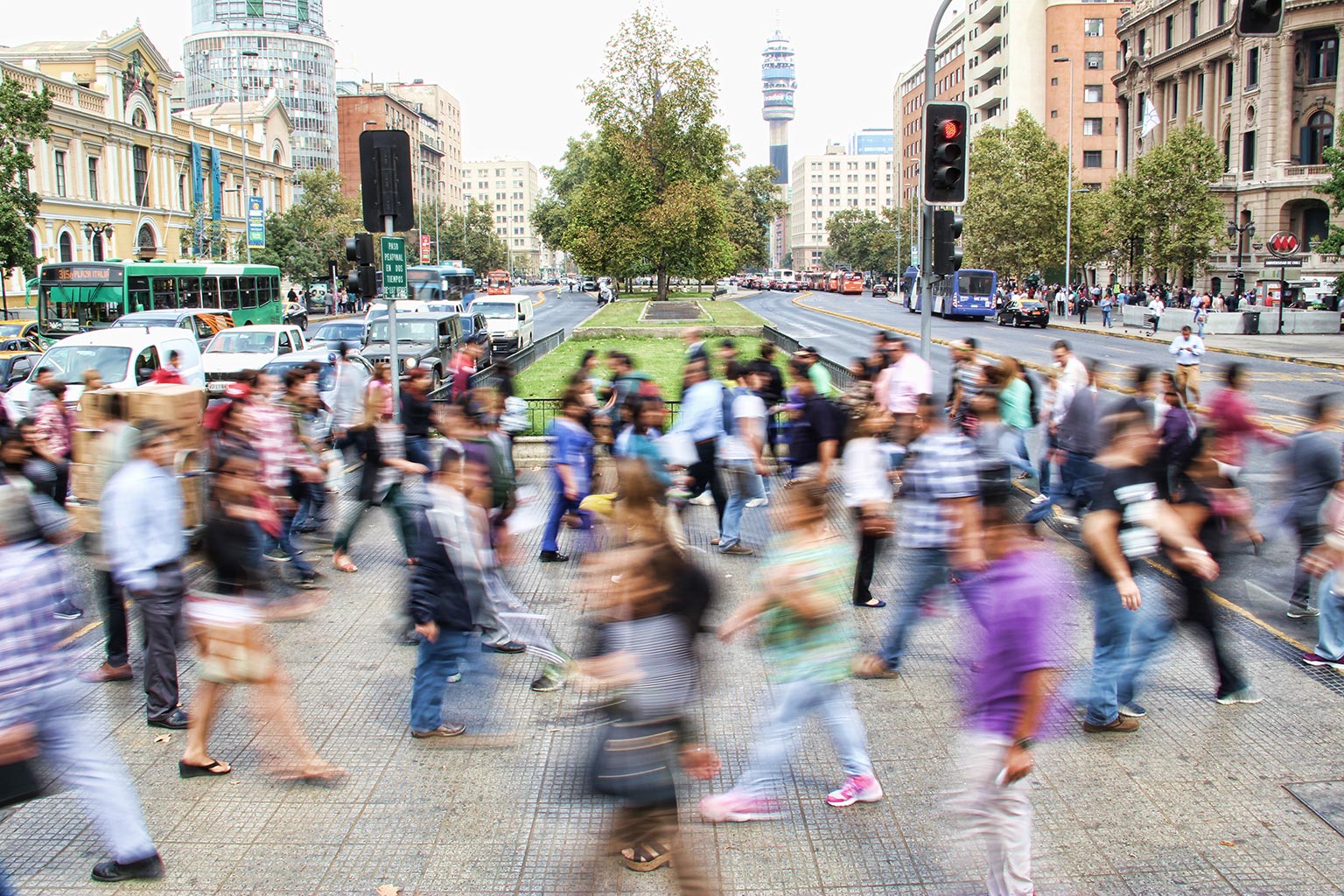You are not just you—how your microbes affect who you are
In a chaotic world it’s nice to know that at least we’re in control of our own lives … we choose what we eat, the partner we spend our lives with … don’t we? Well, it might be a bit more complicated than that, as it turns out that the ‘me’ you so often refer to, isn’t just ‘you’. You are also your microbes.
The chemical structure of DNA was determined back in the 1950s. When Frederick Sanger pioneered the early DNA sequencing techniques, he declared ‘… knowledge of sequences could contribute much to our understanding of living matter’.
He was right. DNA sequencing has progressed in leaps and bounds to reach the point where we are today. We are starting to realise just how much of ‘our’ full complement of DNA is actually that of our microbes—the average human has around 22,000 genes, but the number of unique genes of our microbes totals more than 3 million. And even though these microorganisms are 1000 times smaller than an average human body cell, combined they make up around 2 per cent of our body weight.
They’re such an integral part of us that people are starting to think and talk about a concept that goes beyond the idea of the human self, moving towards the idea of the ‘holobiont’—the concept of ‘assemblages of different species that form an ecological unit’. As more and more is discovered about this community of microbes that call us home, we are beginning to discover just how much influence they have on us and our lives.
You can feed two people exactly the same food, but if you don’t know their gut microbe activity can’t precisely predict their blood glucose response—it depends on the human cell activity and the microbe cell activity.
Some of the microbes in our gut create enzymes to break down food that we wouldn’t be able to digest without their help—it’s possible that up to 10 per cent of our energy is made available to us by microbes. There are microbes living on our skin that help break down oils and protect us from other bacteria that could cause infection. Lactobacillus bacteria that live within the vagina create lactic acid that makes the local pH so acidic many potentially harmful microbes can’t survive there.

The vagus nerve provides a direct connection between the gut and the brain, and some gut microbes produce the same chemicals—including serotonin, melatonin and acetylcholine—that are used to transmit signals in the brain. Just as dramatic changes—either deprivation or overload—to the sensory information our brain receives from our eyes and ears can affect brain function, so can changes in the signalling of microbial communities.
It's also possible our microbes influence some of what we choose to eat—as dutiful hosts, our food choices may in part be driven by the preferences of our microbes. There are also microbes that affect our metabolism, and the way our muscles and liver store nutrients.
And as some of our microbes play a role in the scent our body gives off, could they possibly play a role in mating behaviour and how we make choices regarding mating partners? There's no evidence yet that they do, but it's an interesting thought!
So, we need to be mindful of the interactions that continuously occur between our body and the microbes that call it home. Our actions affect our microbial communities, and the changes to these can in turn have health impacts for us. Because all microbial communities are unique to individuals, these changes will be different from person to person. The increase in carbs in our diet coincident with modern agriculture has seen an increase in dental caries and tooth decay. And changing the environment our microbes inhabit, by using soap, deodorants and antibiotic medications for example, can have dramatic impacts on our microbial companions.
We are the sum of our parts—and a big proportion of those parts is our microbes.





